Decandling young black pines is a treat. It’s during this phase of development that a tree’s basic elements begin to take shape. Sometimes there are clear candidates for the “first branch” or “future apex.” In these cases I’ll often add a little wire to guide these branches into place. Other times I don’t know exactly where the trunk-line will flow or which branches will form the future outline.
Having a basic idea about the future of any bonsai can provide a good guide for future work, especially when it comes to finding the front and selecting branches. I’ve found, however, that for very young trees design can be elastic and change radically. This gives me the freedom to follow basic design principles with the knowledge that many of the decisions I make today will be revisited in the future.
Some of my young pines are small but already convey their future shape and structure. Decandling and a little cutback is all that’s needed here.

10-year-old pine – before decandling
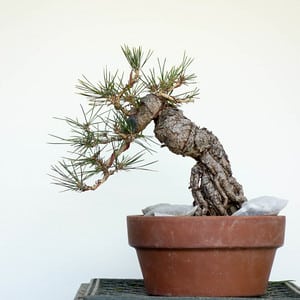
After decandling
Other trees, particularly the more interesting ones, could go in a number of different directions.
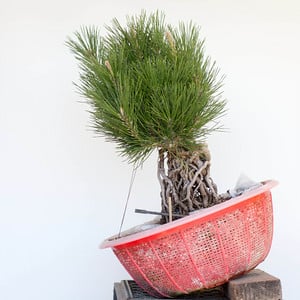
10-year-old exposed root black pine
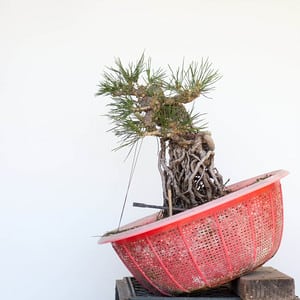
After decandling
It’s clear after decandling that it’s hard to see the tree’s branch structure from this angle. Here it is from another angle.
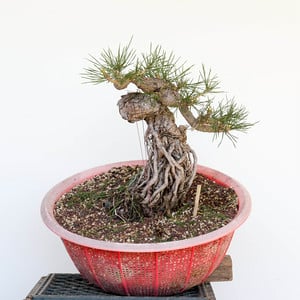
Black pine after decandling – the future front?
Trees in early stages of development aren’t necessarily young. For the past few years I’ve worked on a former landscape tree that only has the beginnings of its branch structure.
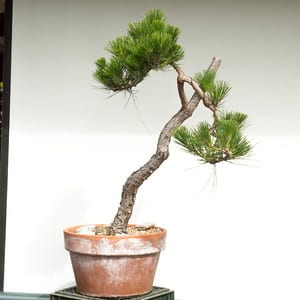
Pine before decandling
The lack of structure becomes particularly obvious after removing the spring growth.
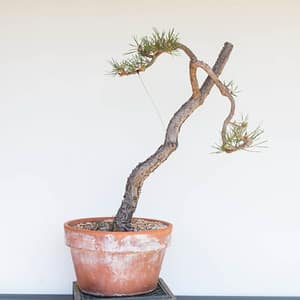
After decandling
In fall I’ll have more opportunities for branch selection and wiring. In the meantime, I’ll ease off on the fertilizer for a while, let the summer buds develop, and watch the watering closely.
Subscribe to Bonsai Tonight
New Posts Delivered Every Tuesday and Friday
Mac says
Thanks Jonas.
Arleigh Berg says
As a relative pine newbie – the most telling thing I see in these photos is 10 year old trees in “regular” pots and colanders. This reinforces the idea that they are in training and not yet close to being “finished”. thanks for the article.